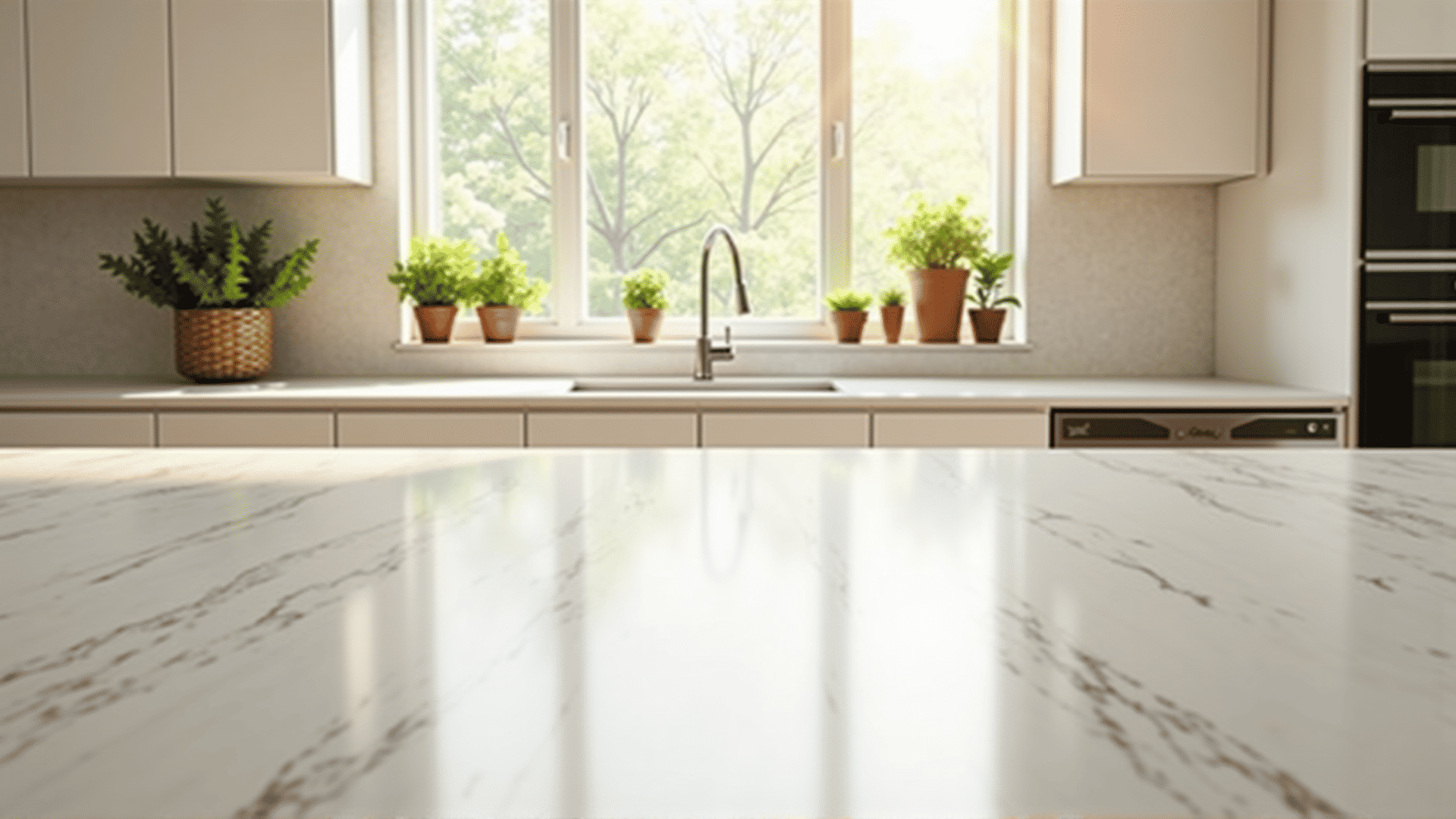Maintaining a pristine home not only boosts your mood but also promotes a healthier living environment. This guide provides practical and eco-friendly strategies to keep your abode spotless, reducing your environmental footprint while ensuring cleanliness and comfort.
Declutter Regularly
One of the simplest ways to keep your home tidy is through regular decluttering. Begin by sorting items into three categories: keep, donate, and recycle. This not only minimizes mess but also aids in boosting productivity and reducing stress. Implement a routine of tackling one room at a time, ensuring you don’t feel overwhelmed by the task.
Embrace Natural Cleaners
Swap conventional chemical-based cleaning products with natural alternatives. Ingredients such as vinegar, baking soda, and lemon are powerful against dirt and grime while being gentle on surfaces and the environment. For instance, a mixture of vinegar and water works wonders on glass and windows, leaving them streak-free and gleaming.
Implement a Cleaning Schedule
Creating a cleaning schedule can streamline your housekeeping routine. Allocate specific tasks to specific days, breaking down the chores into manageable portions. This could mean dusting on Mondays, vacuuming on Wednesdays, and tackling the bathrooms on Fridays. A schedule ensures that no area is neglected and keeps your home consistently fresh.
Adopt the Two-Minute Rule
For tasks that take less than two minutes to complete, tackle them immediately. This can include wiping down counters after use, organizing shoes at the entryway, or putting away clothes after folding. These quick actions prevent tasks from piling up and make maintaining cleanliness a seamless part of your day.
Harness the Power of Microfiber
Microfiber cloths are indispensable in cleaning homes sustainably and effectively. Their unique structure allows for thorough cleaning without the need for harsh chemicals. They can be used dry for dusting or slightly damp for general wiping, capturing dirt and bacteria more efficiently than traditional cloths.
Focus on High-Touch Surfaces
Regular cleaning of high-touch areas such as doorknobs, light switches, and remote controls is crucial for minimizing germs. A simple solution of water and natural dish soap, or a vinegar-based cleaner, can effectively disinfect these surfaces without introducing harmful chemicals into your space.
Indoor Air Quality
Maintaining good air quality indoors is essential, especially when cleaning. Ensure your home is well-ventilated by opening windows after cleaning sessions. Indoor plants can also improve air quality by absorbing pollutants and releasing oxygen, making them a beneficial addition to any home.
Efficient Laundry Practices
Being mindful of your laundry habits can further enhance home cleanliness. Use cold water cycles whenever possible to save energy and opt for biodegradable soaps. Additionally, line-drying clothes not only conserves energy but gives them a natural freshness that machine drying cannot.
Kitchen and Bathroom Special Care
The kitchen and bathroom are areas that require particular attention due to their frequent use. In the kitchen, immediately clean spills to avoid stains and keep surfaces hygienic. For bathrooms, a regular deep clean with natural agents will prevent build-up and promote a sparkling finish.
Conclusion
The art of maintaining a spotless home lies in establishing habits that merge efficiency with eco-consciousness. By incorporating these strategies into your daily routine, you ensure that your living space remains inviting while supporting a sustainable lifestyle. Remember, the key is consistency and a little effort every day, making cleanliness a natural part of your life.
